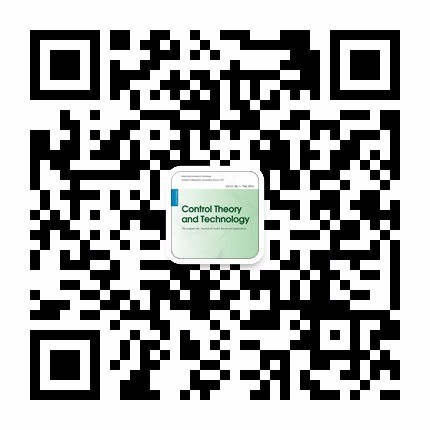| 摘要: |
|
| 关键词: |
| DOI:https://doi.org/10.1007/s11768-019-9121-6 |
|
| 基金项目:This work was supported by the National Key Research and Development Program of China (Nos. 2018YFB0105103, 2018YFB0105101) and the Science and Technology Commission of Shanghai (Nos. 17DZ1100202, 16DZ1100700). |
|
| A unified optimal planner for autonomous parking vehicle |
| Dequan ZENG,Zhuoping YU,Lu XIONG,Peizhi ZHAN,Zhiqiang FU |
| (School of Automotive Studies, Tongji University, Shanghai 201804, China;School of Automotive Studies, Tongji University, Shanghai 201804, China; Clean Energy Automotive Engineering Center, Tongji University, Shanghai 201804, China) |
| Abstract: |
| In order to reduce the controlling difficulty caused by trajectory meandering and improve the adaptability to parking into regular lots, a versatile optimal planner (OP) is proposed. Taking advantage of the low speed specificity of parking vehicle, the OP algorithm was modeled the planning problem as a convex optimization problem. Collision-free constraints were formalized into the shortest distance between convex sets by describing obstacles and autonomous vehicle as affine set. Since employing Lagrange dual function and combining KKT conditions, the collision-free constraints translated into convex functions. Taking the national standard into account, 5 kinds of regular parking scenario, which contain $0^\circ$, $30^\circ$, $45^\circ$, $60^\circ$ and $90^\circ$ parking lots, were designed to verify the OP algorithm. The results illustrate that it is benefit from the continuous and smooth trajectory generated by the OP method to track, keep vehicle's stability and improve ride comfort, compared with A* and hybrid A* algorithms. Moreover, the OP method has strong generality since it can ensure the success rate no less than 82% when parking planning is carried out at the start node of 369 different locations. Both of evaluation criteria, as the pear error and RMSE in x direction, y axis and Euclidean distance d, and heading deviation $\theta$, are stable and feasible in real tests, which illustrates that the OP planner can satisfy the requirements of regular parking scenarios. |
| Key words: Optimal trajectory, autonomous parking vehicle, regular parking lots, generality, convex optimization |

